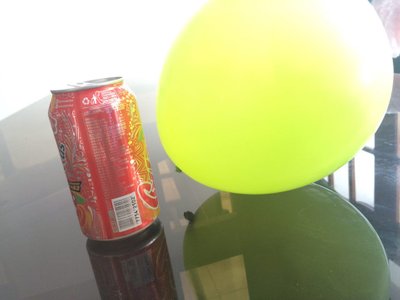Science lesson: static electricity- Activity
To teach science to children, it is necessary to present it in an entertaining way. Only thus, they understood that phenomena such as static electricity go far beyond simple theory.
We could tell our students that static electricity is a physical phenomenon that occurs due to the accumulation of electrical charges in an object and that is why, when two materials are rubbed next to each other, the electrons are removed from the surface and relocated in another material that offers more favorable energy levels.

science
The description is clear, but understanding this phenomenon goes far beyond mere verbal theory and description. Explaining science should be fun, especially if we are addressing an issue that, like static electricity, can be exemplified and brought to everyday life.
To speak of electricity in all its forms is to understand history, the creation of many inventions and everyday events such as electrical storms, the current when touching something of metal, and the hair stopped when we take off a piece of wool. And, how to explain the phenomenon to capture the attention of your students and prove that science is not something impossible to understand?
These are some of the activities that other teachers have done in the classroom
1. Static liquid
With a ¼ of cornstarch and ¼ vegetable oil, you can make a perfect liquid to demonstrate static electricity. After having the mixture, all you have to do is inflate a balloon and rub it on the head to "charge" it electrically. When you bring the balloon to a spoon full of cornstarch liquid, you will see how it jumps from the spoon to the balloon.

1
2. The butterfly
It is only necessary to make a butterfly with crepe paper (or paper of china), to paste it on a cardboard and to inflate a balloon. The wings of the butterfly will have to be made with this type of paper and for the body, you can use another type of material. Then, the fun part, you rub the balloon with your head and when you bring it closer to the butterfly, it will move its wings thanks to the static.

2
3. The snake
The first thing to do is create a crepe paper snake (china paper) and get a plastic ruler and a bit of wool. For the trick to work, you must rub the rule against the wool, this will create an electric charge. The paper of the snake will be attracted by the load and since the paper is light, the rule will be sufficient to raise the snake from the table.

3
4. The can and the globe
As in the other experiments, it is essential to rub an inflated balloon with the head in order to move the can that will lie horizontally on a flat surface. To move the can, you have to bring the balloon closer to the can, trying not to touch it. Thus, it will move. You can even make cans races.

4
5. The jumping frogs
For this experiment crepe paper frogs (or other paper that is light) should be cut. Again a balloon is inflated, it is rubbed and the frog is blown with static electricity. The frog will remain stuck in the balloon until the load decreases. Then you can repeat the exercise.

5
Reference: http://www.eligeeducar.cl/7-divertidas-actividades-trabajar-la-electricidad-estatica-clase
I agree, an experiment can be a useful tool to help the children understand the science easier and with lots of fun. :)
With practice, learning is achieved more effectively.
Good activities!
I find excellent activities to promote creativity in children, their curiosity is also awakened through these simple experiments.